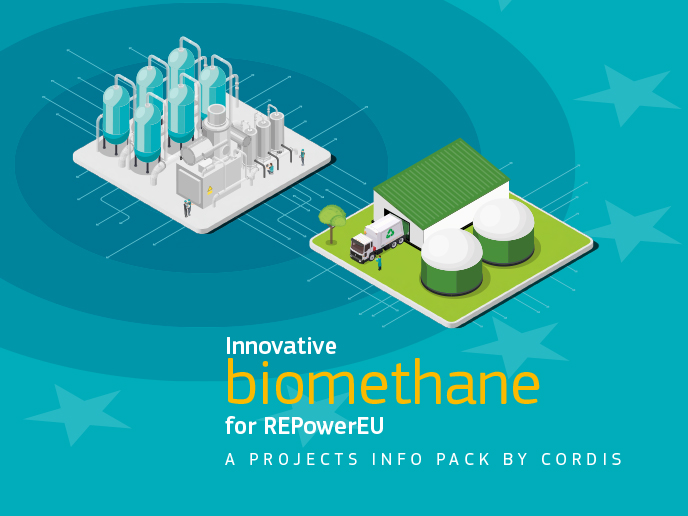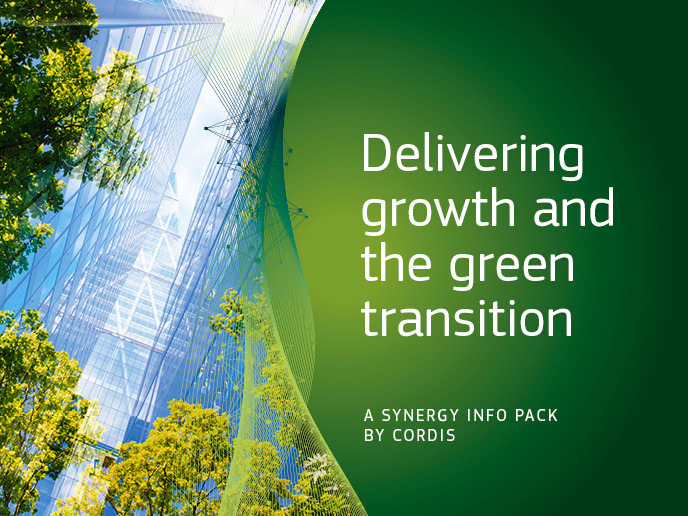Fluidised bed technology for clean energy
Fluidised bed technology continues to gain momentum ever since it reached commercial status in the early 1980s. Fuel flexibility is one of its main advantages as fuel availability is a major concern. Different types of fuels, in turn, yield different demands on the technology. To reduce fragmentation in fluidised bed technology, coordination needs to be enhanced between research being carried out in the EU and non-EU countries. The EU-funded project ICOMFLUID (International collaboration on computational modelling of fluidised bed systems for clean energy technologies) represented the collaboration of leading universities from China, the EU, India, South Africa and the US. Specifically, ICOMFLUID supported staff exchanges between partner institutes and at the same time provided opportunities for intensive training through hands-on experience in different technologies. For instance, China has made many technological advances in the design of mid-sized units. Detailed comparisons allowed for cross-fertilisation of ideas amongst partners. Researchers produced computational fluid dynamics (CFD) models for thermochemical processes such as pyrolysis, gasification and combustion in fluidised bed reactors. Multi-phase models helped better describe heat and mass transfer between solid and liquid/gas phases as well as phase changes. In addition, test rigs were set up for fluidised bed hydrodynamics. Significant work has been performed with regard to pyrolysis oil modelling. Researchers evaluated the performance of direct and indirect contact condensers for pyrolysis vapour quenching, resulting in a more detailed representation of condensation using model compounds. In addition, they have developed models for carbon capture reactors from micro to macro scales. Fluidised bed carbon capture reactors using new materials were investigated as well as the development of coal and biomass co-firing facilities for reducing pollutant emissions in heat and power co-generation. Parametric studies revealed the operation limits of fluidised bed co-firing. Moreover, researchers identified the optimum mixture of coal and biomass in a high-performance co-firing unit. Through a global network of researchers, ICOMFLUID created an unprecedented critical mass of research efforts in clean energy technologies. Whether aiming for better energy sustainability or reducing the carbon footprint of energy production, fluidised bed technology can help achieve a greener future.







